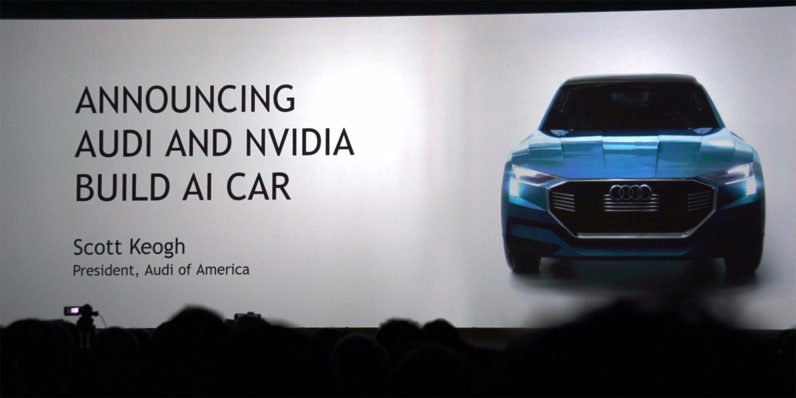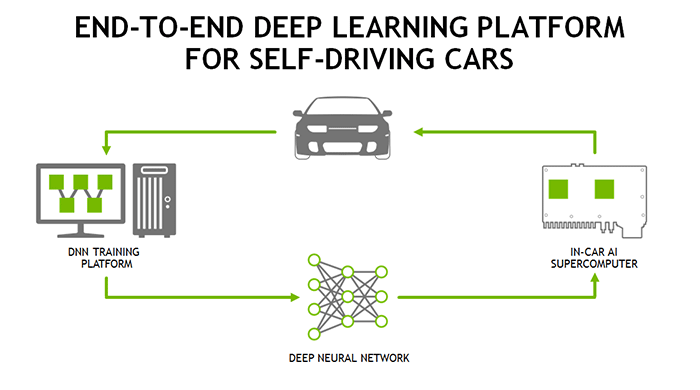
It has just been announced during CES that Audi will team up with Nvidia to bring us a fully self-driving car by 2020.
Nvidia is mostly known as the producer of computer graphic cards, but they have expanded their services in recent years and are now producing parts for the automobile market as well.
While Audi and Nvidia have been working together for 10 years now, this project is something entirely new and much bigger than anything they've done before.

The aim is to create a fully self-driving vehicle with manual driving options by 2020.
They have already created a prototype self-driving Q7, which was on display at CES.
It uses advanced AI technology, and according to Nvidia "learned to drive itself" in a matter of four days.
/cdn0.vox-cdn.com/uploads/chorus_asset/file/7753983/Medium_613_Audi_Q7_Piloted_Driving_Concept.jpg)
This is possible because of the co-pilot that keeps track of everything happening in and around the car, thanks to specific sensors.
It is entirely controlled by Artificial Intelligence, and equipped with features like facial recognition and gaze tracking, which can alert the driver even in manual mode if something is happening in front or behind the car.
Another important aspect is the Xavier supercomputer platform that makes autonomous driving possible.
Xavier is "comprised of 512 GPU cores, a custom 8 core CPU architecture, and a computer vision accelerator which makes it deliver 20 trillion operations per second of its performance."

Audi may be the biggest partner that Nvidia is cooperating with, but not the only one - Bosch and ZF also have an agreement with them to produce parts with AI.
Google, BMW, Ford, Tesla, and even Apple have also announced that they're working on or planning to release self-driving cars - but no claims were as concrete as 2020 yet.
We'll see how quickly Audi and Nvidia's cooperation can bring this project to life, and when we'll really be seeing the first fully autonomous cars driving on the streets!
